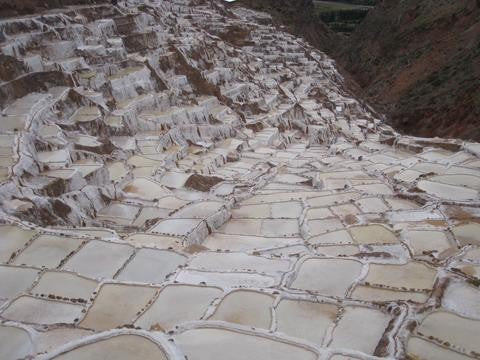
Adventures in Sourcing: Pink Salt from Peru's Sacred Valley
Chocolate and sea salt are a match made in heaven. On the molecular level, salt helps aromatic compounds in chocolate release into the air, enhancing its scent and flavor, and balances out the bitter flavor compounds common in cacao. So it's no surprise that salted chocolate confections have become so popular, with almost every chocolate company offering a salt enhanced treat or two.
We make use of this magical combination in our new Dark & Salty 82% dark chocolate bars and our Pink Peppercorn & Pink Salt coconut mylk chocolate bars. But we discovered early on that keeping our commitment to using only the most sustainably produced and ethically sourced ingredients was surprisingly tricky in the case of salt. Almost all salt passes through many different hands before reaching the international market, making it surprisingly difficult to figure out where it originally came from.
The majority of pink salt being imported to the United States comes from salt mines in the Himalayas, where it is harvested using conventional mining techniques (including blasting with dynamite). Pink salt is popular because of its unique color and flavor and rich mineral content (to which many health benefits are attributed), but mining pink salt from deep beneath the Himalayas has a significant environmental impact, and miners are exposed to potentially dangerous conditions every day, usually for very little pay.
So, for the last two years, we have been sourcing our pink salt from the Sacred Valley of the Incas in Peru via the Brooklyn based company Salt of the Earth Co. We were thrilled to discover that their salt is harvested communally using ingenious ancient methods that have been passed down from generation to generation for thousands of years.
THE SALINAS DE MARAS SALT PANS
Some time before the rise of the Incan empire, people in the Sacred Valley discovered a very salty natural spring bubbling up from beneath the earth. They crafted nearly 3000 terraced ponds and a web of tiny channels which gradually guide the spring water into them.

Generations of salt harvesters have used this sustainable ancient system of water channels to fill the pans with salty water and then close them off, leaving the water to warm and dry in the sun. The pooled water completely evaporates in a few days, leaving crystals of dry salt clinging to the sides and bottom of the pond where it can be scraped off easily.
In 2011, Jason Kaplan visited Salinas de Maras, where he met some of the local families who maintain the pans and learned about their ancient system of passive salt harvesting. He was impressed with the subtle pink color and delicate flavor of the salt, and was inspired to found Salt of the Earth Co., a company focused on exporting salt from the Salinas de Maras community to markets around the world and supporting the community of salt harvesters who maintain the pans.
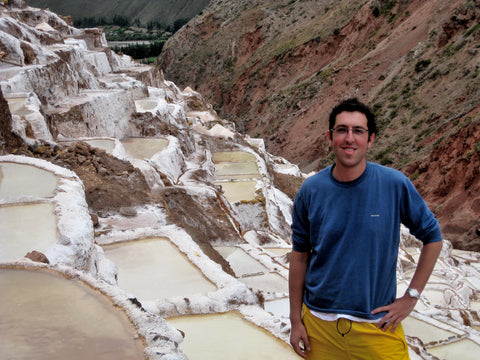
HARVESTING THE UNDERGROUND OCEAN
According to Jason, at one time the region around Maras and the Sacred Valley of the Incas was covered by an ancient ocean. When the Andes rose up, it isolated this body of sea water which eventually evaporated through geologic time, leaving a massive evaporite formation (giant salt block) buried beneath the mountains. Subterranean water flows through these blocks, dissolving the salt and carrying it out into the valley, where it bubbles up as a hypersaline spring. The underlying salt formation that feeds the Salinas de Maras pans is particularly rich in potassium (the pink color), magnesium, and calcium, along with numerous other trace minerals and nutrients.
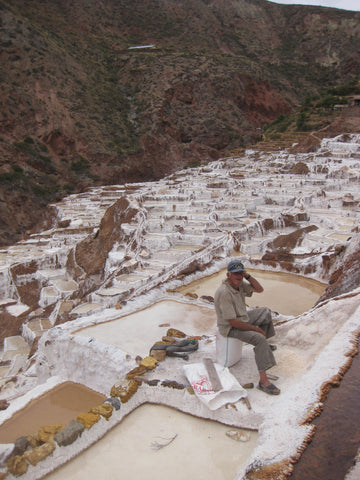
Harvesting salt from the pans is safe for the families maintaining them and totally sustainable for the local ecosystem. Since the pans can be filled and left to dry on their own for several days, they create access to a source of mostly passive income for many families. Any member of the community can own a salt pan and sell the harvest - all they need to do is locate an empty, unmaintained pond, check in with the community salt collective, and receive education in proper usage and maintenance.
According to Jason, it is the entrepreneurial spirit of the community that has kept the pans alive. Most farmers sell their salt to locals and tourists in their village market, or travel to larger markets in and around Cusco. Jason is proud to share this beautiful and natural ingredient to the U.S. market.
GIVING BACK TO MARAS
As a way to support the Salinas de Maras community, a portion of Salt of the Earth’s profits is donated to several nonprofits, all focused on creating lasting change in the region, including:
- Sacred Valley Health, which trains local women as community health care workers and educators and provides them with essential medical supplies like first aid kits.
- Corazon de Dahlia, which collaborates with Peruvian communities to offer educational programs to children and families in the region.
We're thrilled to be able to offer salted chocolate bars in which every ingredient fully meets our standards for sustainable & transparent sourcing. We love the way that Salinas de Maras salt enhances the flavors of our Dark & Salty 82% dark chocolate bar (also featuring heirloom Arriba Nacional cacao nibs) and our award winning Pink Peppercorn & Pink Salt coconut coconut mylk chocolate bar.

Salt of the Earth Co.'s salt comes straight from the salt pans to us, with zero processing or additives, so the grains come in all shapes and sizes (unlike Himalayan pink salt which is usually mined in blocks and then broken down to consistently sized grains). The next time you enjoy one of our coconut mylk chocolate bars with salt, take a look at the salt grains - every one is completely unique.
P.S. - Jason tells us that Salinas de Maras salt tastes amazing in everything - especially when added to a classic s’more. Try toasting some up yourself with our Dark & Salty dark chocolate bar!

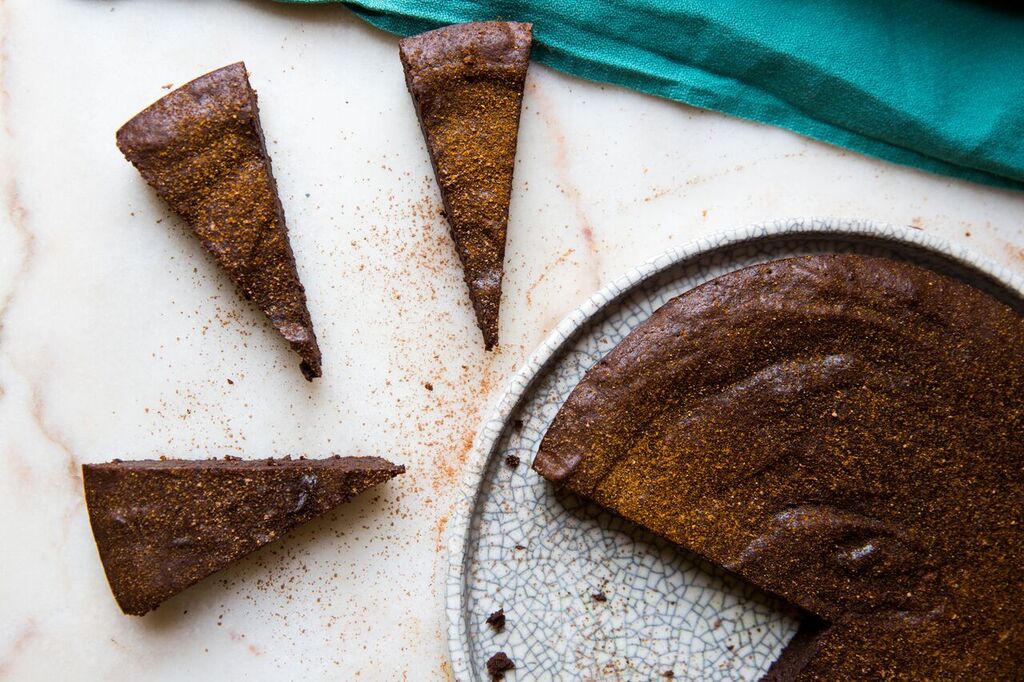
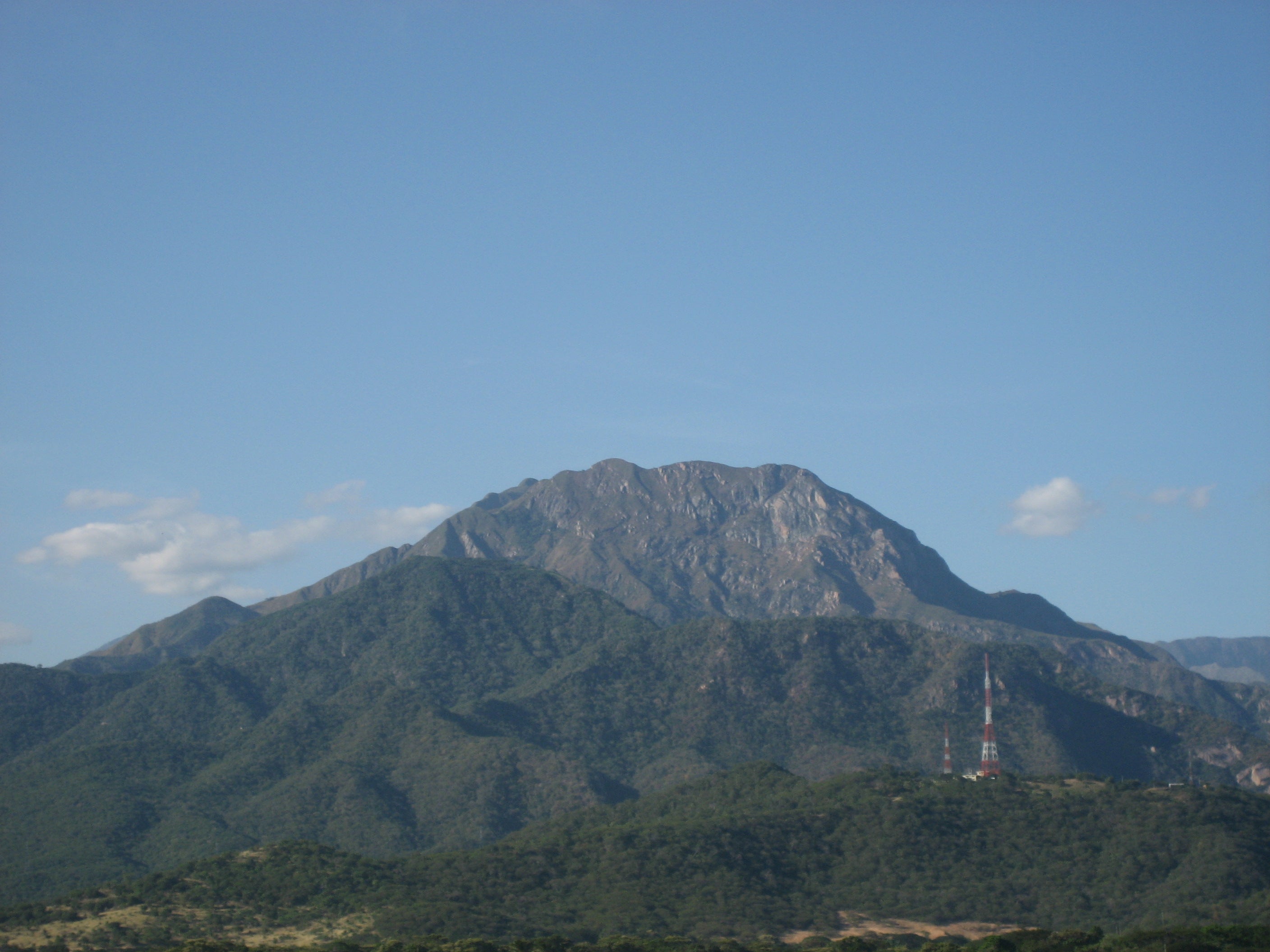
Leave a comment
This site is protected by hCaptcha and the hCaptcha Privacy Policy and Terms of Service apply.